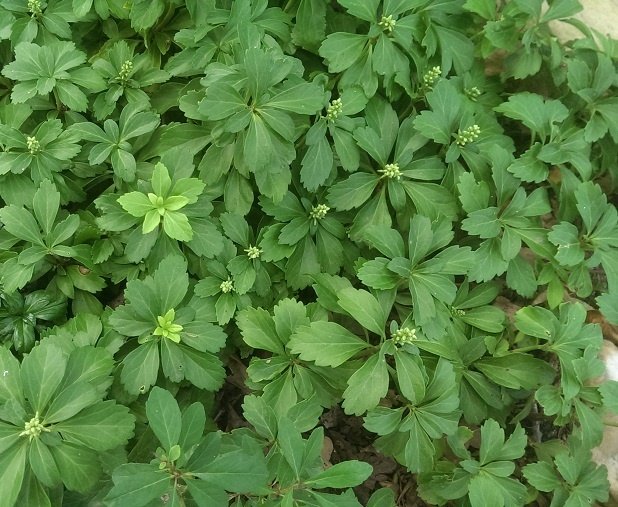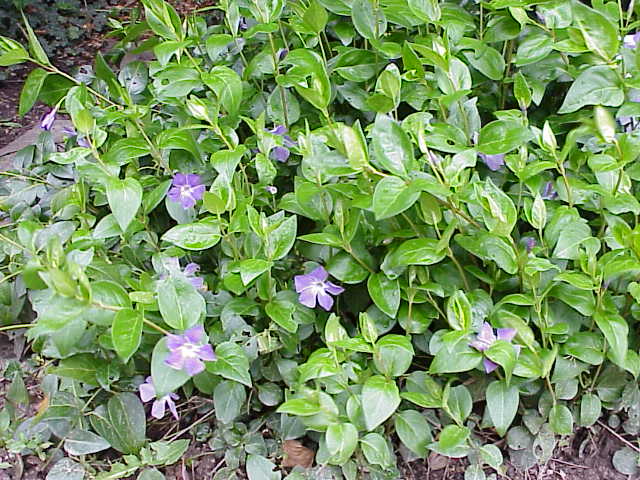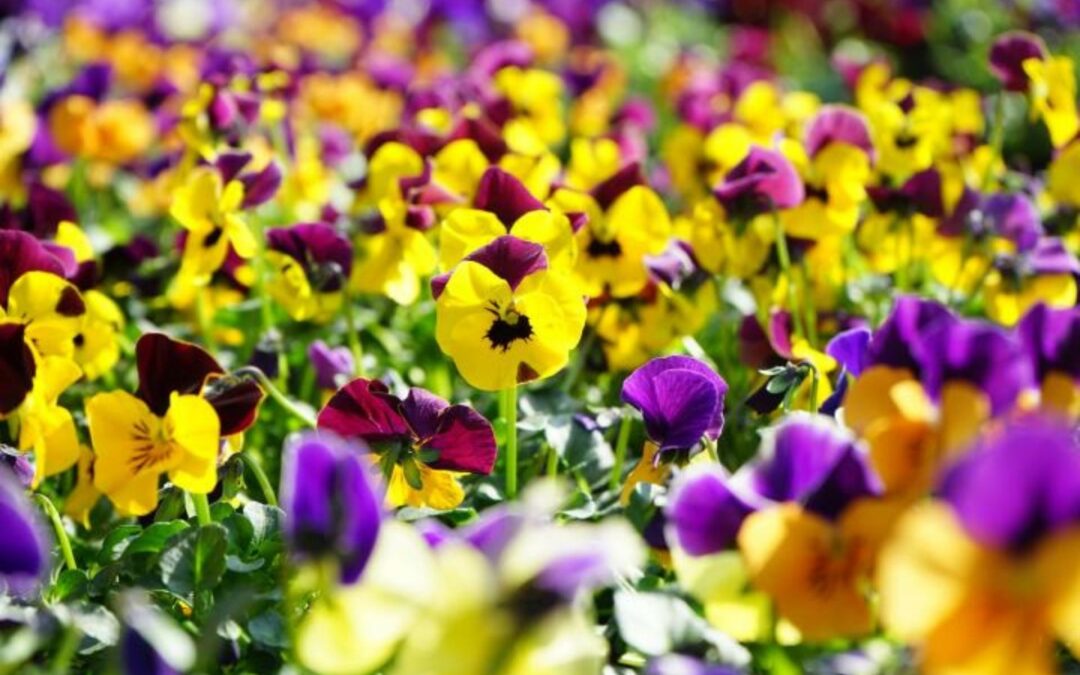Winter is on the Way!
Days are cooling off, nights are getting colder, and we may get a hard freeze as soon as next week! What does this mean for your lawn? First, you need to know and understand what kind of grass or grasses you have.
In our area, we are in a transitional zone, so NO one grass is perfect for both shade and sun areas.

Do you see this pattern in your lawn? Don’t worry, it’s just frost damage. Frost damage does NOT actually damage your bermuda grass. Frost has just nudged a part of your grass into dormancy, hence the strange markings. Sometimes panicked customers will call us when they see this, thinking they have insects killing their lawn or a fungus or something. Relax! It’s normal.
As we head for winter and it gets colder, your bermuda lawn will go dormant. It will look brown. We always have some customers calling in a panic saying their lawns are dead. These are mostly people who moved here from more southern climates where the bermuda grass or St. Augustine grass stays green year round.
Technically, the weather in our transitional zone is too cold for bermuda, a warm season grass, to stay green all year.
Some people also wonder why we’re treating brown grass. But while the bermuda grass looks brown, it’s not dead, and its root system is still active. The pre-emergent application we are putting on bermuda grass is very important this time of year because it prevents crabgrass from germinating. If you don’t have a crabgrass pre-emergent put on your lawn, crabgrass will be very hard to control during the summer.
If you have fescue grass in your shady areas, it should be green and doing well right now, because it’s a cool season grass. Hopefully, you have overseeded it to keep it thick and healthy.
Technically, the weather in our transitional zone is too hot for fescue, which is why we plant it in shade areas, because bermuda grass will not grow in the shade, and fescue grass will not grow in the sun in the hot summer.
However, fescue really needs the sun to make food for itself through photosynthesis, and it will get sun as soon as the leaves are off the trees.
But, here’s the tricky part. The leaves will fall off the trees right onto your fescue grass, covering it up. It is essential that you try to keep the leaves blown off your fescue grass so it can get sun and store up carbohydrates to make it through the long hot summer next year.
If you have seeded, DO NOT RAKE leaves up off your fescue, or you will pull up the new seedlings. Even if you didn’t seed, with as much rain as we’ve had, you might rake up existing grass.
Note: If you have fully shaded areas, such as between the house and the fence, or the fence and an outbuilding, even fescue will not grow there. All grass needs some sun. Check out our page on alternative shade area treatments.

Even though winter is on the way, you can still add some lovely color to your yard!

The time is soon approaching to overseed existing fescue grass or to seed fescue grass in a bare area. The optimum time for seeding is mid-September to mid-October. It’s always good to plan ahead, because sometimes you “just don’t get around to it” and then it’s too late. (I speak from experience on that…)
You NEED to seed or overseed fescue if you want nice-looking grass in these areas:
- Areas under trees where your bermuda grass has thinned out due to too much shade
- Bare areas under trees due to too much shade
- Areas between houses where bermuda has thinned out due to too much shade
- Existing areas of fescue grass
- You don’t want two different colors of green in your lawn (“bermuda green” in the sun and “fescue green” under the trees.)
- You don’t want to mow your lawn at two different heights in the summer (short for bermuda, long for fescue.)
- You don’t want to mow late into fall and early in spring (when fescue is actively growing and your bermuda is going dormant or still dormant.)
- You have a bare area in total shade year round. Fescue grows best in dappled sunlight, or at the least where it will get mostly full sun in the fall and winter when the leaves are off the trees.
- Groundcover
- Shade garden
- Something else – a seating area on pavers, a fountain, a water feature, birdfeeders and bird baths, etc.

Pachysandra


This unusual groundcover Muehlenbeckia axillaris is evergreen and spreading and the stems look like wire. It’s very attractive and stays very low, but like the English ivy, be sure to trim it back if it reaches out into your lawn.

So, determine whether or not you want to seed fescue. If you do, and you want to do it yourself, please see our Fall Fescue Seeding page for helpful info. If you do, and you DON’T want to do it yourself, give us a call or go to our Fall Fescue Seeding Estimate page for a free estimate.

For the full fescue story, and how to seed or reseed it, please see our fescue page here.
If you don’t want to fool with all that, give us a call for a free estimate or request one online and consider letting us overseed your fescue for you. Just remember that whether you seed yourself or have someone else do it, it will be up to you to keep it moist so it will germinate, and continue to keep it moist so the young seedlings don’t die

Your landscape needs water year round. Luckily, we’ve had some good precipitation lately, but when we don’t, be sure to give your lawn and landscape a drink.
We are now going to implant a subliminal message in your brain that will pop up every time you sit down to watch a football game. You will wonder>>>>>>>>Do I have enough time to make nachos? Has my lawn gotten enough water this week?
If you ever have any questions about your lawn, feel free to give us a call at 918-344-5737 or shoot us an email here.

